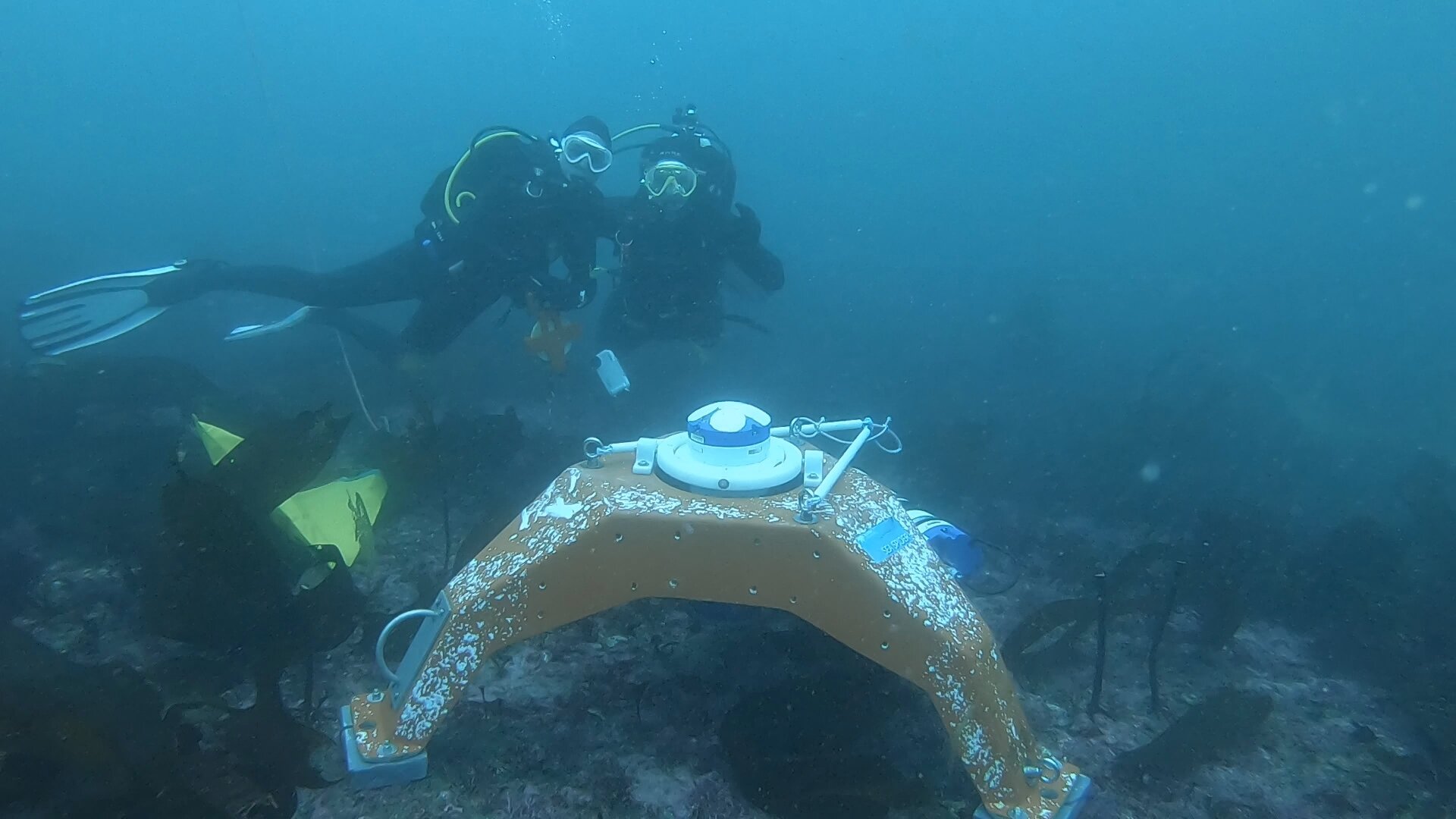MICROSTRUCTURE MEASUREMENTS
Figure 1: Epsilometer, or "epsi"
Beginning with Walter Munk’s prescient Abyssal Recipes paper, it has been long recognized that mixing is a crucial part of many aspects of the ocean’s circulation (see our Global Internal Waves and Mixing page).
Mike Gregg (APL/UW) pioneered many of the methods of measuring turbulence as directly as possible, which is done with very small sensors that detect temperature and velocity fluctuations on the scales of turbulence which are typically 1-10 mm.
Figure 2: Modular Microstructure Profiler, or "MMP"
Traditionally, these measurements have been very expensive and time-consuming, motivating many attempts of estimating turbulence using more easily resolved quantities. More recently, there is a push to develop cheaper, smaller, and lower-power means of measuring turbulence, of which we are hard at work on one we call the “epsi” (Figure 1), a reinvention of Mike Gregg’s Modular Microstructure Profiler (MMP), which we still operate as well (Figure 2).
With ARM-based electronics, the epsi allows inexpensive and low-power collection of turbulence data, particularly when mounted on fast-profiling autonomous vehicles such as the Wirewalker (Figure 3).
Figure 3: (left): the epsilometer being deployed on a Wirewalker off La Jolla, CA. (Right): Turbulence measured with the epsilometer’s shear probes. The wirewalker’s rapid sampling (profiles about every 3-4 minutes) allow resolution of history of some turbulent events.






